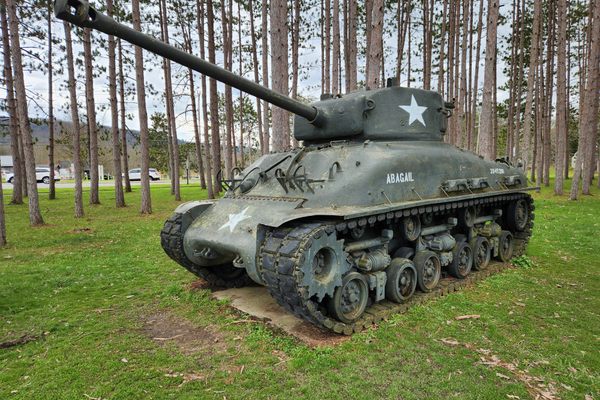About
Located in the Seobinggo district of Seoul, the National Museum of Korea boasts a huge, impressive collection of ancient artifacts. Not only does it have thousands of items from Korea’s past dynasties—from Baekje, Silla, and Goguryeo to Balhae to Yi of Joseon—it also exhibits a number of antiquities from Mesopotamia, Central Asia, India, China, and Japan, as well as the Greco-Roman world.
One of the non-Korean artifacts is a well-patinated bronze Corinthian helmet, dated to the 6th century B.C. It is an impressive antiquity on its own indeed, but it may be somewhat peculiar that it has its own exhibit space, considering how it is not the only Greek artifact at the National Museum, and that it quite possibly has more interesting items in its collection.
Then, why does it have a whole room for itself? The answer lies in its history—not all the way back to Corinth in the 6th century B.C. but to Berlin in 1936. That year, world-renowned marathoner Son Kee Chung, alternatively Sohn Ki-jung (1912-2002), won a gold medal at the Summer Olympics, breaking the record of that time.
The winner of the 1936 Olympics was to be awarded the helmet, found in Olympia and purchased by the local newspaper, but the IOC decided that it was too valuable an item to be given away. More unfortunately, Son had to register and run not for Korea but for Japan—as Korea was occupied by the empire at that time—a status he was vehemently against.
It was not until 1986, at a reception in celebration of the fiftieth anniversary of the Olympic Games, that he finally received the helmet. Until then, it had been displayed at the Charlottenburg Museum despite its rightful owner’s continuous efforts to have it back.
Out of respect for the artifact’s historical value, Son donated the Hellenic helmet to the National Museum in 1994. The Korean government designated it as its 904th National Treasure, the only Western article to be given the honor.
Related Tags
Published
June 20, 2023




























